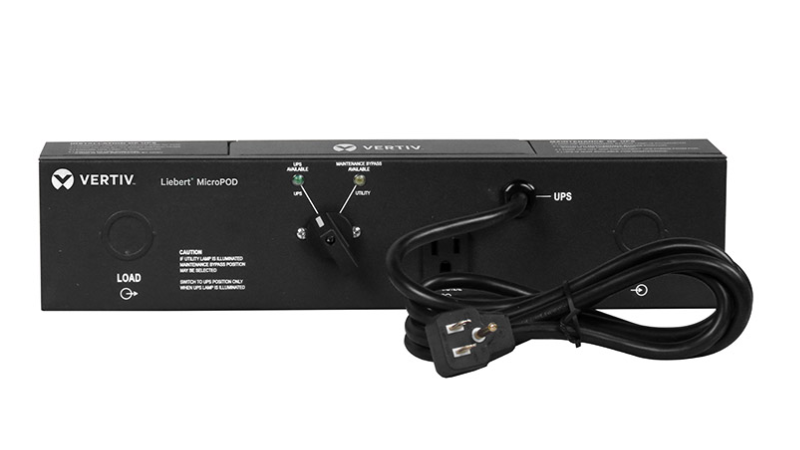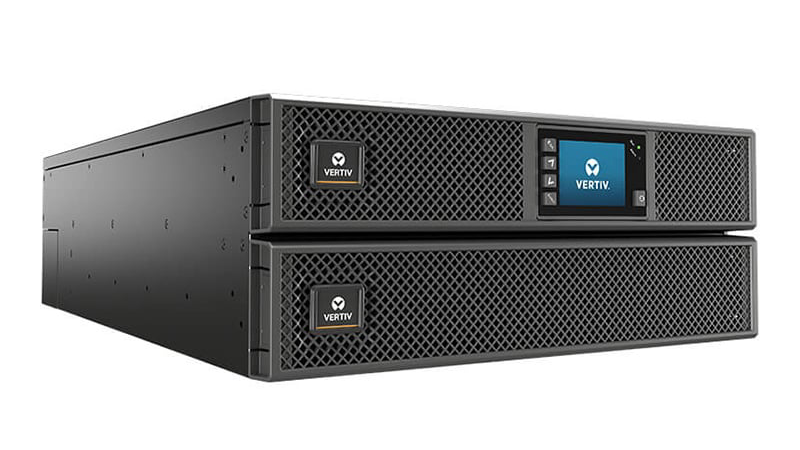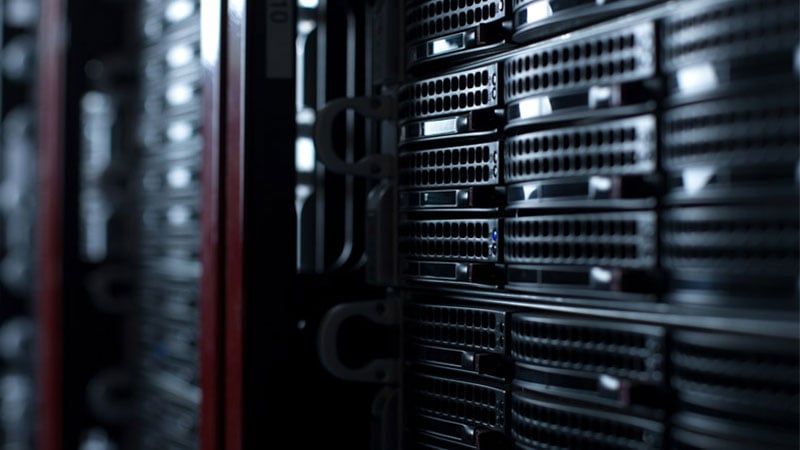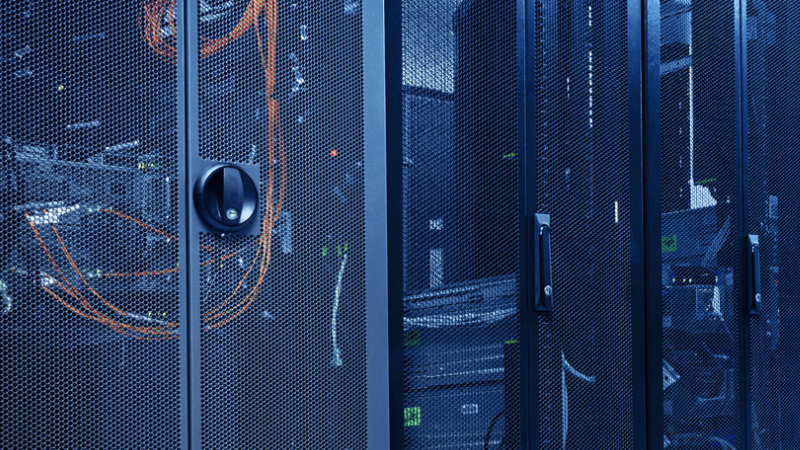With downtime costs exceeding $100,000, enterprises must maintain operations even during routine maintenance, turning planned downtime into a critical challenge.
As digital infrastructure grows more complex, outage impacts are scaling proportionally. According to Uptime Institute's 2025 survey, most recent significant outages exceeded $100,000. These findings position routine power maintenance as a strategic variable rather than an operational afterthought.
Uninterruptible power supply (UPS) units require periodic maintenance, upgrades, or replacement. Without a built-in maintenance bypass switch, organizations must either de-energize connected equipment during these procedures or install a standalone bypass switch. The former risks operational and financial losses; the latter consumes valuable cabinet or floor space—a significant constraint in dense IT environments, modular data centers, or facilities with space limitations.
Space as an operational priority
Modern infrastructure designs prioritize compact, scalable solutions to maximize efficiency. External bypass switches, while functional, introduce spatial inefficiencies: they require separate enclosures, cabling, and installation labor, increasing both footprint and complexity. This creates friction in environments where space directly correlates with capacity, such as edge computing sites or urban colocation facilities.
What is a maintenance bypass switch?

Figure 1. The Vertiv™ Liebert® MicroPOD Maintenance Bypass and Output Distribution Accessory allows manual transfer of connected equipment to utility power via a maintenance bypass switch, permitting scheduled maintenance or UPS replacement without disrupting data center power.
Maintenance bypass switches (see Figure 1) manually shift equipment from UPS power to utility power, enabling continuous operation during UPS maintenance or replacement. When activated, they open the UPS breaker and close the utility breaker, disconnecting the UPS and directly powering the load from the utility source.
Teams often allocate additional rack space to accommodate separate maintenance bypass switches, which not all organizations have the capacity for. Advanced rack mount UPSs with integrated maintenance bypass switches optimize space while maintaining continuous power supply even during scheduled maintenance.
Maximizing UPS rack space with integrated maintenance bypass switches
Rack-mounted UPS setups typically require a separate cabinet for the maintenance bypass switch, consuming extra rack units (U) and increasing space demands. In environments where every rack unit is allocated to critical IT infrastructure, dedicating space for redundancy or safety measures can limit room for other essential equipment. For example, if an enterprise has 3 U allocated for UPS, its configuration expands to 5 U when adding a separate bypass cabinet, reducing available space for operational hardware.
A single-phase UPS with an integrated maintenance bypass switch consolidates these functions into a single 3 U unit. This consolidation eliminates the need for a separate bypass cabinet, reclaiming 2 U of rack space. The saved space can then be reallocated to revenue-generating or mission-critical equipment, enhancing operational flexibility and resource utilization without compromising power continuity.
Comparison: Integrated maintenance bypass vs. External bypass
When choosing a UPS system, one of the key decisions is whether to opt for an integrated bypass switch or an external bypass cabinet. Here’s a comparison of the two options:
| Feature | Integrated bypass switch | External bypass switch |
|---|---|---|
| Space requirements | No additional space needed; the bypass switch is built into the UPS unit | Requires additional rack or floor space for a separate bypass cabinet |
| Installation complexity | Simplified installation; no extra wiring or components required. | More complex installation due to additional wiring and setup for the external bypass. |
| Operational efficiency | Streamlined operation with fewer components to manage | Requires coordination between the UPS and external bypass switch, increasing complexity |
| Maintenance | Easier maintenance with all components housed in a single unit | Maintenance is more complex, as it involves both the UPS and the external bypass cabinet |
| Reliability | Higher reliability due to fewer points of failure and a more compact design | Potential for more points of failure due to additional components and connections. |
| Scalability | Easier to scale as the integrated design saves space for additional equipment | Scalability is limited by the need for additional bypass cabinets as the system grows |
| Use case | Ideal for organizations with limited space and a need for streamlined, efficient operations | Suitable for larger installations where space is less of a constraint |
Seamless UPS maintenance and power continuity
The Vertiv™ Liebert® GXT5 single-phase UPS (see Figure 2) models of 5kVA and above include an integrated maintenance bypass switch built into the rear of the unit as standard.

Figure 2. The Vertiv™ Liebert® GXT5 UPS is an online double conversion system offering premium power outage protection and continuous power conditioning in a flexible rack/tower design.
The integrated bypass design allows seamless UPS maintenance or replacement without interrupting power to critical loads, enabling continuous operation. This approach eliminates the need for external bypass cabinets, saving rack space, simplifying installation, and enhancing operational efficiency.
Unlock seamless power continuity
As downtime can significantly impact enterprises, maintaining continuous power becomes essential. A UPS with an integrated maintenance bypass switch allows continuous operations even during scheduled UPS maintenance or replacement. Vertiv power solutions, such as the Vertiv™ Liebert® GXT5 UPS, optimize space, reduce downtime, and boost operational efficiency.





